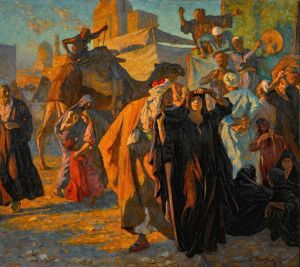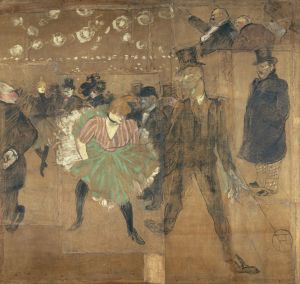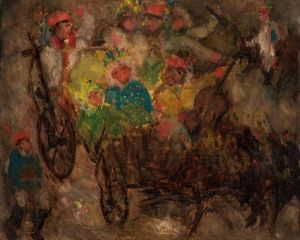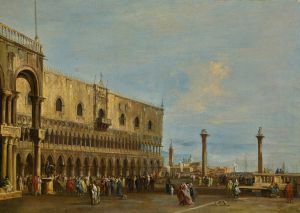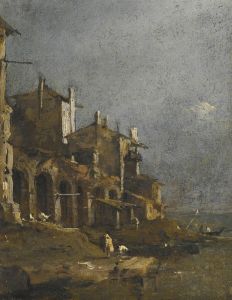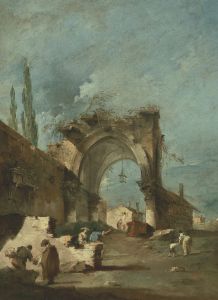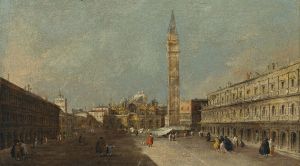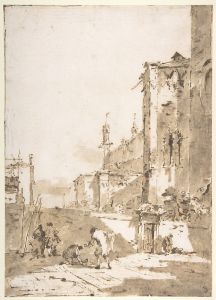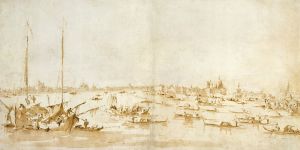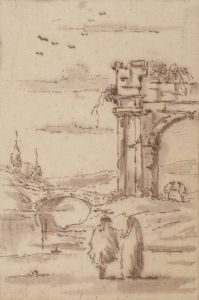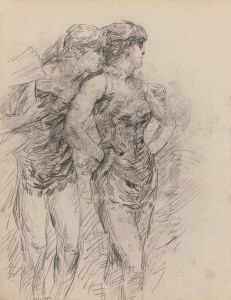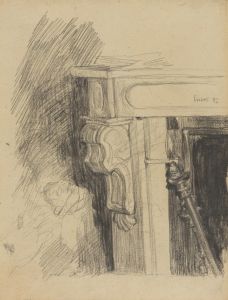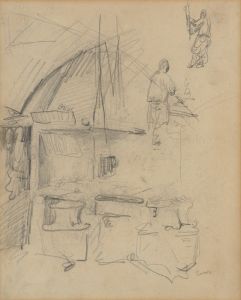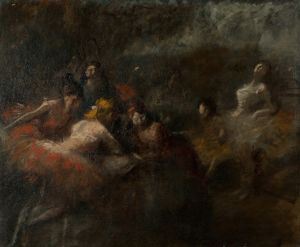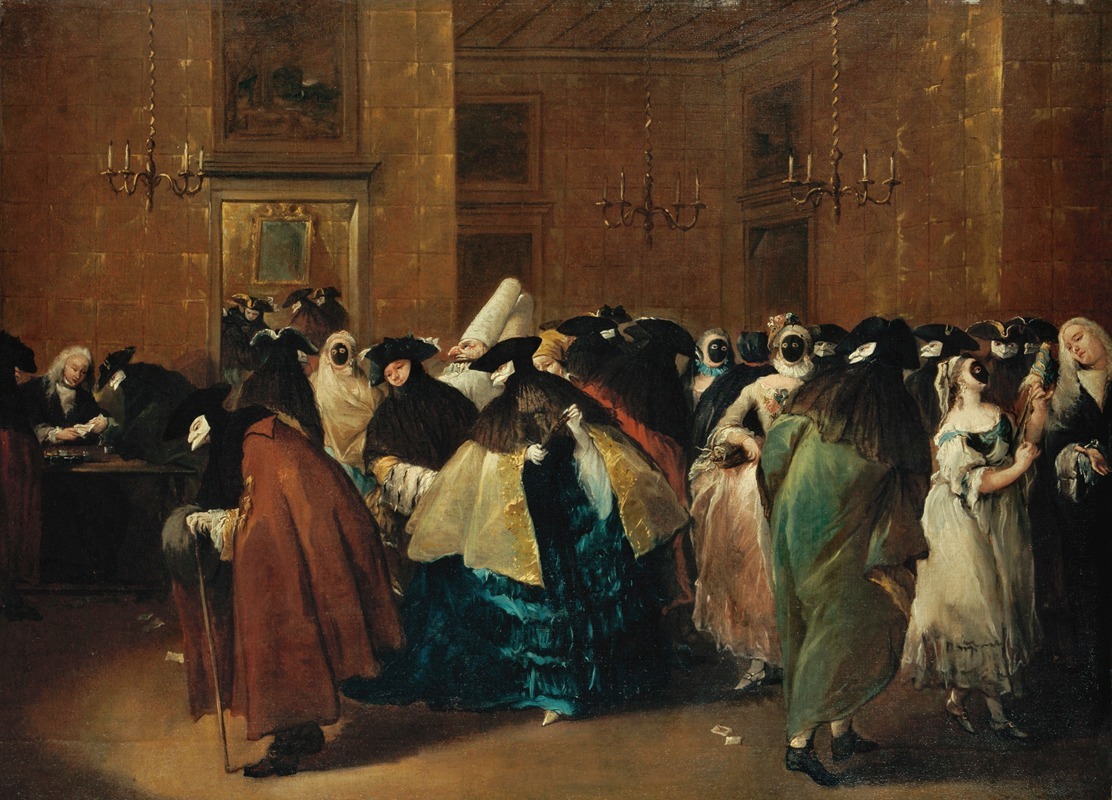
The Ridotto In Venice With Masked Figures Conversing
A hand-painted replica of Francesco Guardi’s masterpiece The Ridotto In Venice With Masked Figures Conversing, meticulously crafted by professional artists to capture the true essence of the original. Each piece is created with museum-quality canvas and rare mineral pigments, carefully painted by experienced artists with delicate brushstrokes and rich, layered colors to perfectly recreate the texture of the original artwork. Unlike machine-printed reproductions, this hand-painted version brings the painting to life, infused with the artist’s emotions and skill in every stroke. Whether for personal collection or home decoration, it instantly elevates the artistic atmosphere of any space.
Francesco Guardi's painting The Ridotto in Venice with Masked Figures Conversing is a notable example of 18th-century Venetian art, capturing a scene of social interaction and entertainment in Venice. Guardi, a prominent Venetian painter of the Rococo period, is well-known for his vedute (view paintings) and capricci (architectural fantasies), as well as his depictions of Venetian life.
This painting portrays the interior of the Ridotto, a public gaming house in Venice that was established in 1638. The Ridotto was one of the earliest forms of a casino and served as a popular gathering place for Venetians and visitors alike. It was located in the Palazzo Dandolo near St. Mark's Square. The Ridotto was a space where individuals from various social classes could mingle, gamble, and engage in conversation, often while wearing masks and elaborate costumes, as was customary during the Venetian Carnival.
In The Ridotto in Venice with Masked Figures Conversing, Guardi captures the lively atmosphere of the venue. The figures in the painting are dressed in traditional Venetian attire, including the bauta, a mask and cloak ensemble that allowed for anonymity and social freedom. The composition emphasizes the social dynamics of the time, with groups of people engaged in conversation or observing the scene. The use of light and shadow, as well as Guardi's loose, expressive brushwork, conveys the vibrancy and elegance of the setting.
Guardi's work is often compared to that of his contemporary, Canaletto, who also painted Venetian scenes. However, Guardi's style is generally more atmospheric and less focused on precise architectural detail. This painting exemplifies his ability to evoke the mood and character of 18th-century Venice, offering a glimpse into the city's cultural and social life.
The Ridotto itself was eventually closed in 1774 by order of the Venetian government, which sought to curb gambling and its associated vices. Guardi's painting thus serves as a historical record of a unique aspect of Venetian society that no longer exists.
While the exact date of the painting is not definitively known, it is consistent with Guardi's mature period, during which he produced many works depicting Venetian life and landmarks. Today, The Ridotto in Venice with Masked Figures Conversing is appreciated for its artistic merit and its insight into the social customs of 18th-century Venice.





